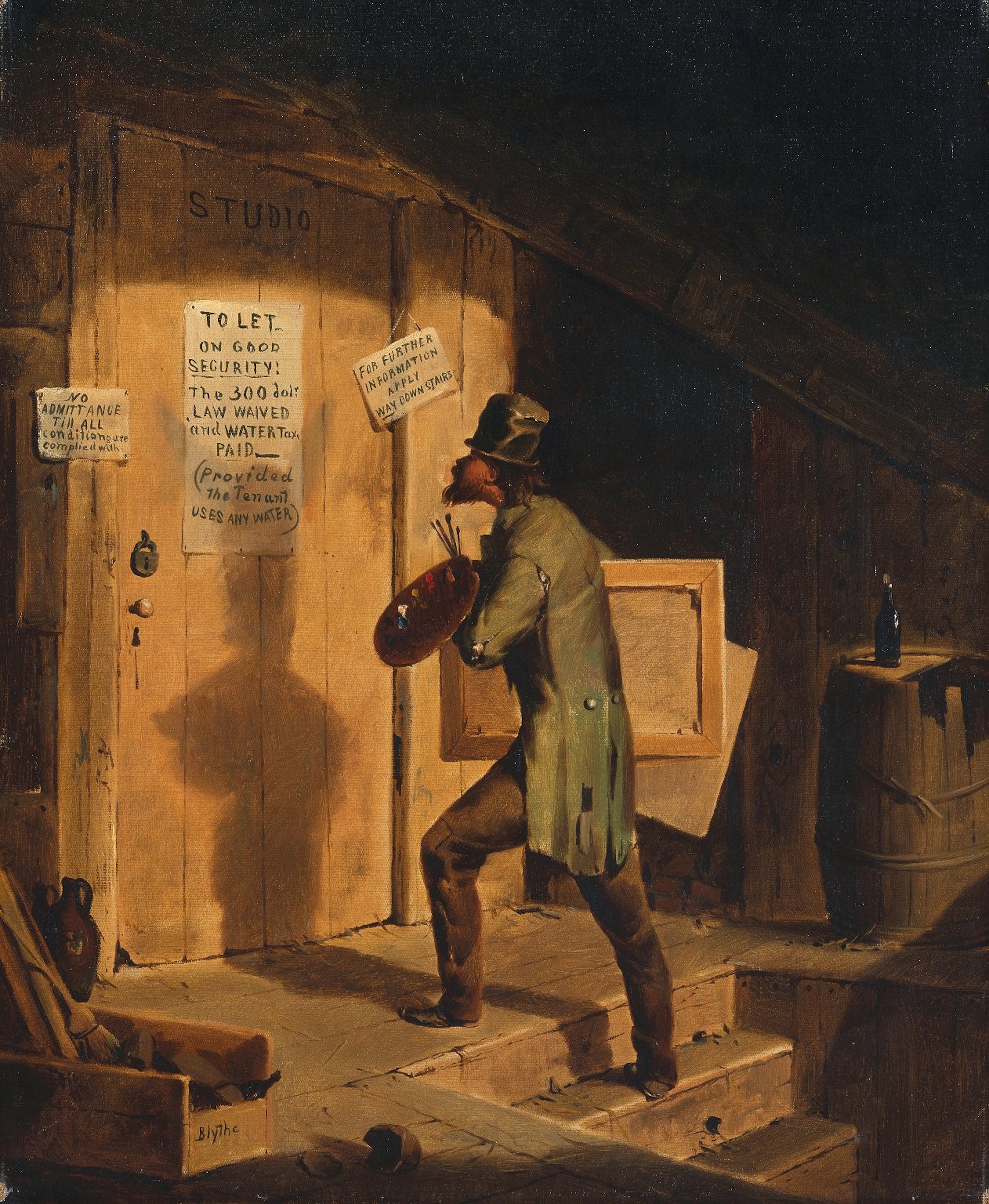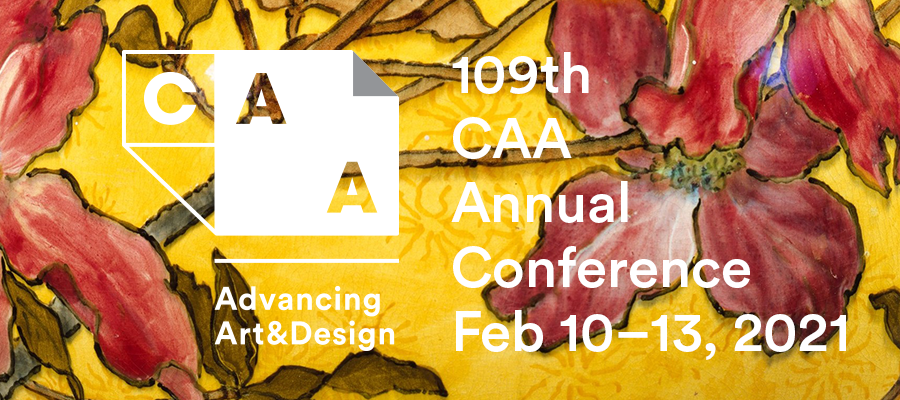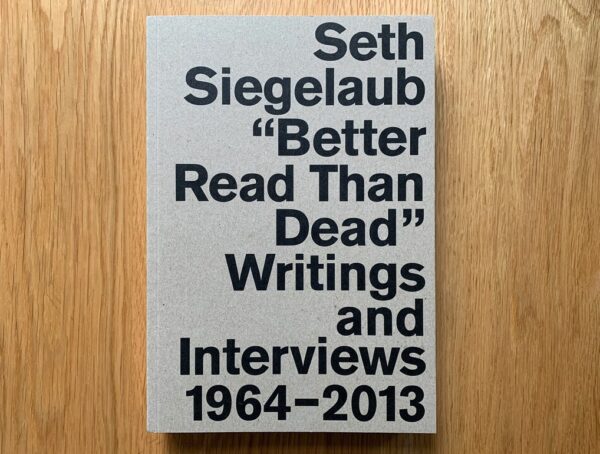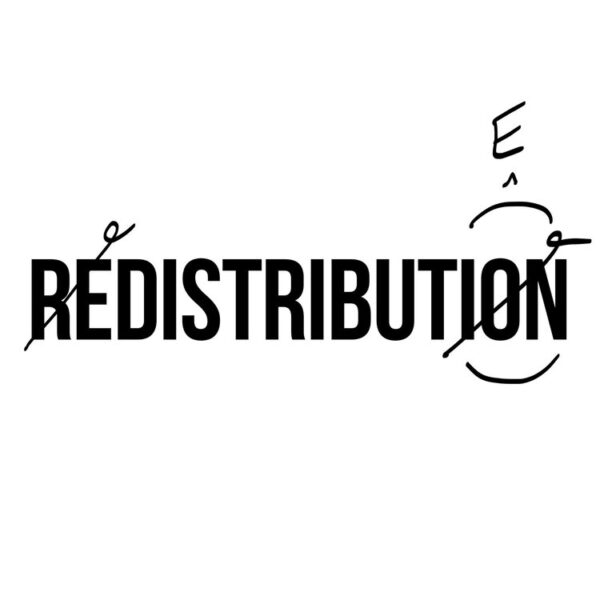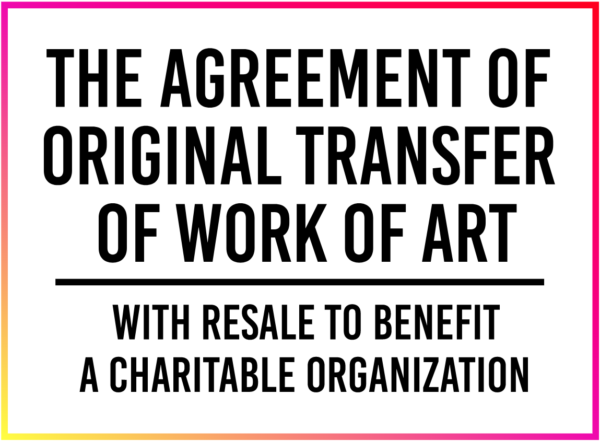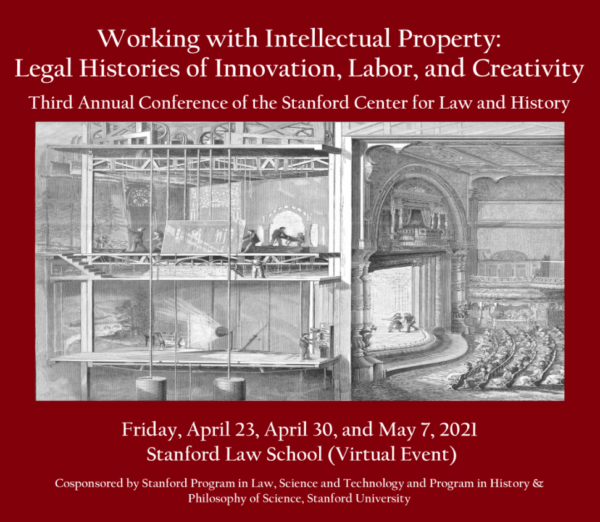
I’m thrilled and honored to present my research at Stanford Law with so many esteemed senior and emerging interdisciplinary legal scholars.
Full poster image with program here and conference abstracts here
April 23, 2021 – 12pm EST, 9am PST
Lauren van Haaften-Schick
PhD Candidate in the History of Art and Visual Studies, Cornell University
Remedies for Inequity 1971-2021: Resale Royalties to Redistribution via ‘The Artist’s Reserved Rights Transfer and Sale Agreement’ (1971)
During the 1960s-70s as artists in the United States challenged traditional aesthetic forms, they also questioned property and power relations in art by protesting inequality, advocating for artists’ rights laws, and experimenting with contracts, testing how legal regulations and ownership relations could be reconceived. One of the most iconic products of this moment was The Artist’s Reserved Rights Transfer and Sale Agreement drafted by conceptual art dealer-curator Seth Siegelaub and lawyer Robert Projansky in New York in 1971. This “Artist’s Contract” was intended to become the standard agreement for all artwork sales, and granted artists many rights not available through U.S. copyright law at the time, including moral rights, the right to approve exhibitions of one’s work, and most controversially, a 15% royalty of collectors’ profits at every resale. While its main purpose was to “remedy some generally acknowledged inequities in the art world” that privileged the interests of art buyers over those of artists, it was also designed to account for the needs and motives of all parties, recognizing the extraordinary connection between artists and collectors as both influence and are impacted by the changing value of artworks over time.
But amidst the activist fervor from which the Artist’s Contract sprang, a series of more radical proposals also emerged that focused not only on how artists’ rights frameworks could benefit individuals, but how the wealth produced through the art market could be redistributed. These included plans for an “Artists’ Survival Fund” that would support living artists through studio and exhibition space, and by meeting more general needs like legal defense and even health care. Supporters of these plans were quick to criticize the Artist’s Contract for abandoning redistribution as a goal, and for potentially re-entrenching the art market’s severe imbalance of resources and power by rewarding only those rare artists whose work was already profitable. Legislation for resale royalties, which the Artist’s Contract inspired, has been similarly criticized.
While research demonstrates that the Artist’s Contract and resale royalty legislation have benefitted artists at all economic levels, they remain no panacea for the problems of the art economy today. Since 1971, speculation in the art market has ballooned, as has its wealth gap, mirroring broader economic inequities. Against this backdrop however, a younger generation of artists and curators have recently revised it towards redistributive ends. This paper considers these historical countermodels and emergent proposals to ask: What can we glean from the shaky history of the Artist’s Contract and resale royalty legislation to theorize – and perhaps even draft – “remedies for inequity” today?
